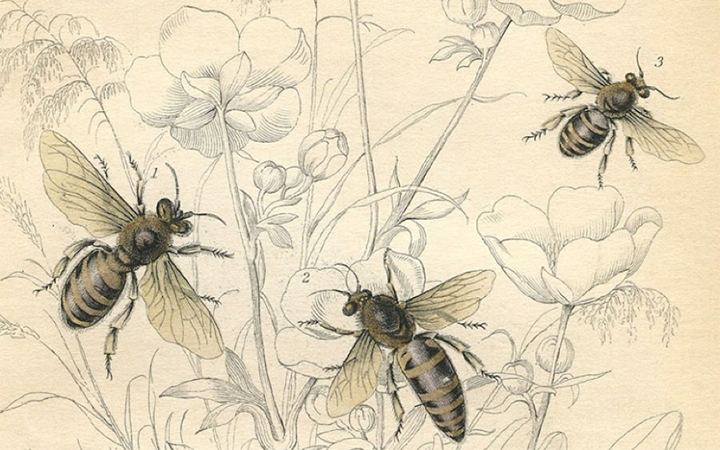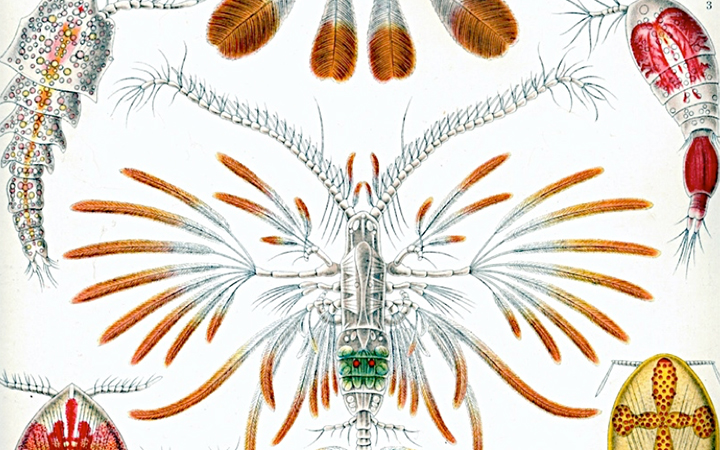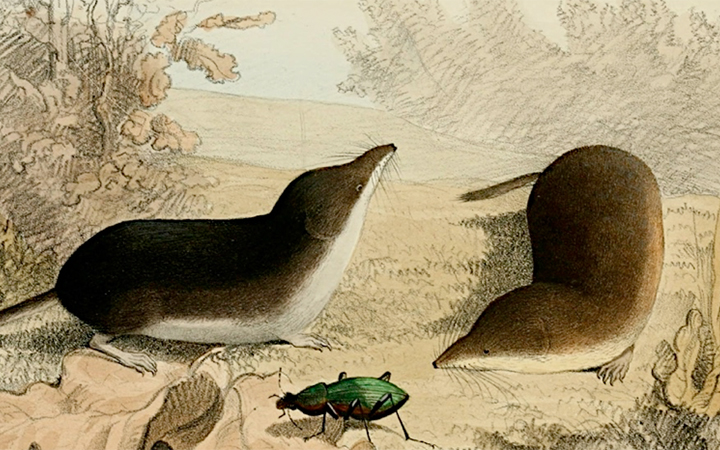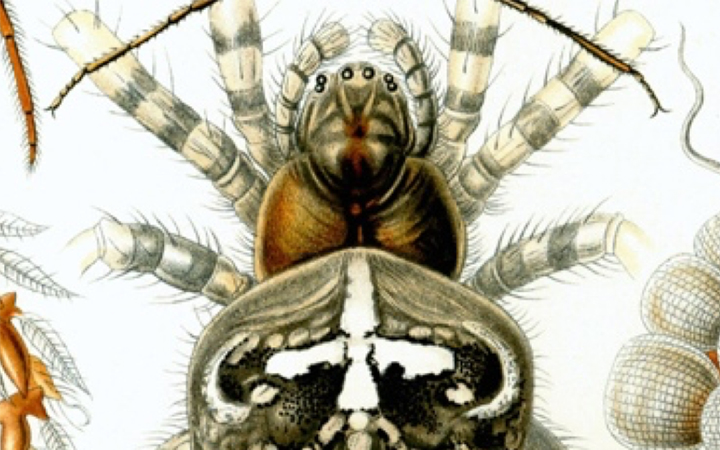United Kingdom Vintage Deck
2014 – (See Cards | Deck Info | Download | Purchase)…
All organisms collected depict common flora and fauna found in the United Kingdom. This is a DIY 60 card STARTER deck that collects vintage biodiversity related illustrations that predate 1913 (at least one hundred years old). Most come from wiki commons or the Biodiversity Heritage Library, where copyright status appears clear. Note that if an image used are breaking copyright status, please contact db@mail.ubc.ca so that we can remove the image.

European Honey Bee
Apis Melifera


5 POINTS
Play: The European Honey Bee has a FLIGHT of 2.
Fact: THe Honey Bee Genome Sequencing Consortium fully sequenced and analyzed the genome of Apis me;;ifera in 2006.

Copepoda
Subclass


2 POINTS
Play: Copepoda have a MOVE of 2.
Fact: Copepods are major ZOOPLANKTON

Common Chaffinch
Fringilia coelebs


3 POINTS
Play: The Chaffinch has a FLIGHT of 2.
Fact: The Chaffinch’s powerful song is very well known, and its fink or vink sounding call gives the finch family its English name.

Snowy Old
Bubo scandiacus


8 POINTS
Play: The Snowy Owl has a FLIGHT of 2.
Fact: The Snowy Owl is one of the largest species of owl and, in North America, is on average the heaviest owl species.

Common Shrew
Sorex araneus


7 POINTS
Play: The Common Shrew has a MOVE of 2.
Fact: Shrews need to consume 200-300% of their body weight each day in order to survive. A shrew must eat every two to three hours to achieve this goal.

European Garden Spider
Araneus diadematus


7 POINTS
Play: The European Spider has a MOVE of 1.
Fact: The third pair of legs the garden spiders are specialized for assisting in the spinning of orb webs.